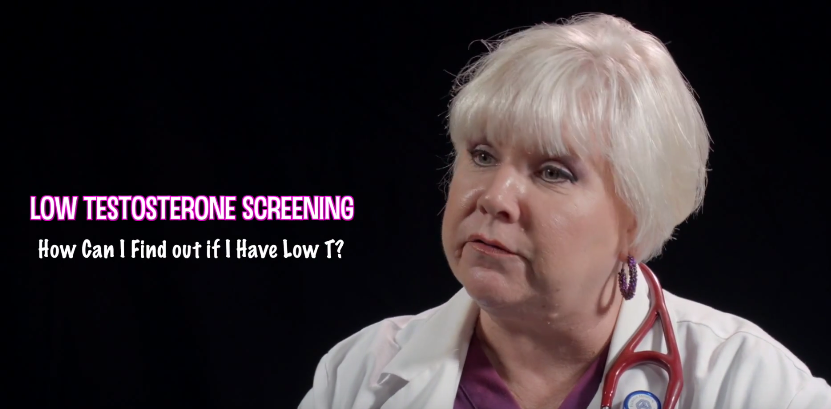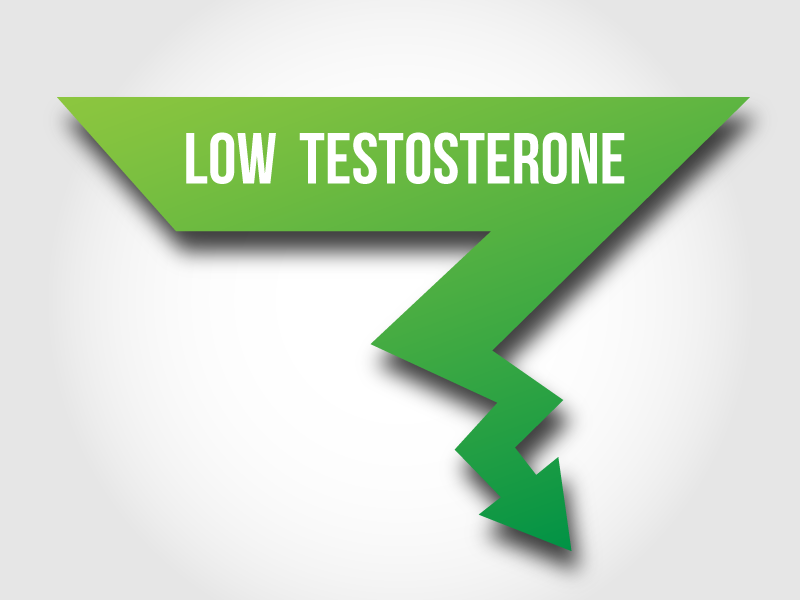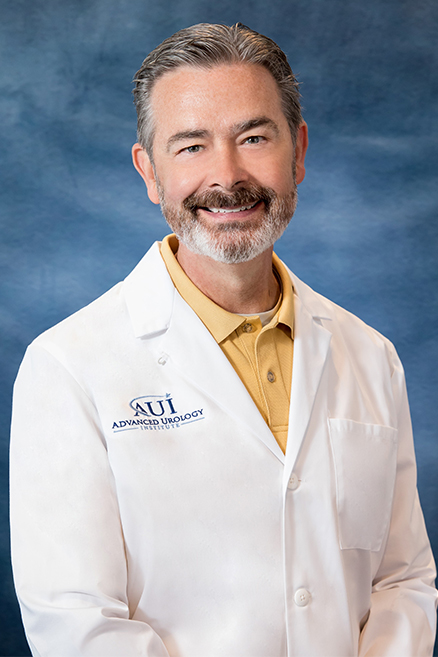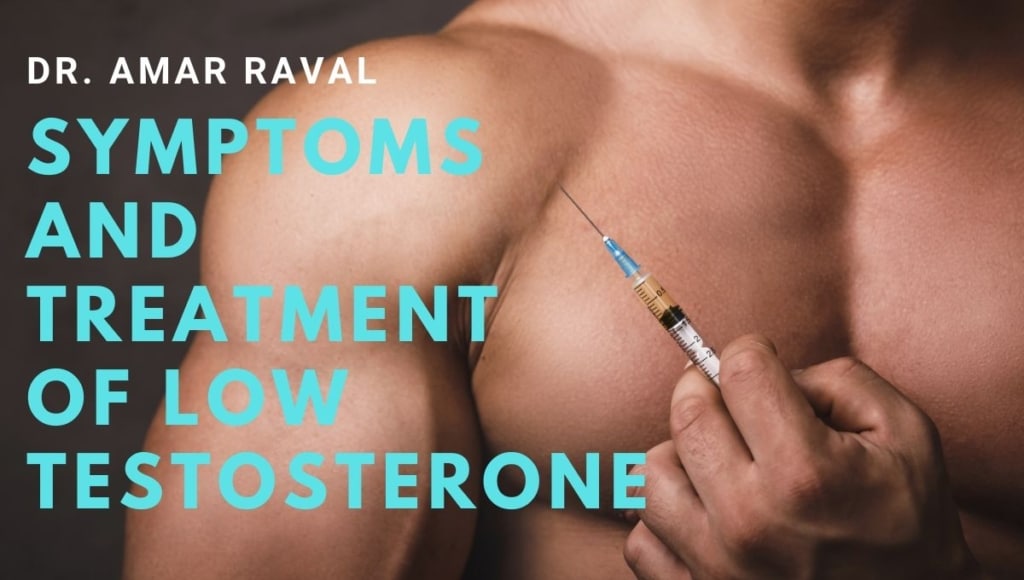TESTICLE PROBLEMS
TESTICLE PROBLEMS

Testicular cancer is the most common cancer in men from age 18 to 34. Fortunately, when detected early, cancer of the testicle is one of the most easily cured types of cancer. It is crucial for testicular cancer to be diagnosed and treated at an early stage; as it may spread throughout the lymph node system into the lungs and remaining parts of the body if not detected early. While the exact cause of nearly all cases of testicular cancer is unknown, there are commonly known risk factors linked to testicular cancer.
Hypogonadism is a condition that is characterized by low (‘hypo’) blood levels of a male hormone called testosterone that is manufactured in the testicles (‘gonads’).
Testicular Cancer
Undescended Testicle – The primary risk factor for testicular cancer is a problem called undescended testicle(s). Prior to birth, the testicles usually develop in the belly of the fetus and then move down into the scrotum. However in about 3% of males, the testicles do not shift into the scrotum. In some cases, the testicle stays inside the belly. In other cases, the testicle initially moves downward, but gets caught in the groin.
Nearly 10% of testicular cancer cases occur in men who have had undescended testicle(s). The risk is greater for men with a testicle in the belly as opposed to one that has moved down at least part way. This factor may not be the direct cause of testicular cancer; other problems may contribute to the cancer risk.
Family History – A history of testicular cancer adds to the risk. There is an increased risk of developing cancer if your brother or father has the disease. Though, it is unlikely for a father to pass on the cancer to his son. HIV Infection – There is some proof that men infected with HIV have an elevated risk of testicular cancer. This may be especially the case for men who have AIDS.
Cancer of the Other Testicle – In cases where a man has been cured of cancer in one testicle, there is an increased risk (3% to 4%) of developing cancer in the other testicle.
Age – About 90% of testicular cancer cases occur in men between the ages of 20 and 54. Even so, this cancer can affect males of any age, including children and mature men.
Race and Ethnicity – White American males are about 5 times more probable to develop testicular cancer than are African-American males. Additionally, whites have greater than 3 times the risk of Asian-American and American Indian males. The reason for this distinction is unknown.
Hypogonadism
Normal testosterone production: Special cells in the testicles, called leydig cells, manufacture testosterone from cholesterol. The blood level of testosterone is continually changing according to the body’s needs. Special organs in the brain, called the hypothalamus and pituitary, carefully monitor the testosterone level in the blood. When more testosterone is needed, the hypothalamus dispatches a chemical messenger in the bloodstream that causes the pituitary to release another substance called leutinizing hormone (LH). LH travels in the blood steam to the testicles and stimulates special receptors on the leydig cells to produce more testosterone. The pituitary stops releasing LH when the target testosterone level is met and then LH stimulation resumes again when the testosterone level falls. Testosterone levels are highest in the early morning and lowest later in the day. Most of the male hormone is bound to a protein called sex hormone binding globulin (SHBG). A small percentage of male hormones are ‘free’ or unbound to SHBG. Free testosterone is the active form of male hormone.
Normal effects of testosterone: Normal reproductive and sexual function depends upon a normal testosterone level. In addition, sufficient testosterone is required for normal bone growth, glucose and lipid regulation, blood cell production, muscle mass, and mental function.
Abnormal testosterone production: Abnormal testosterone production occurs when there is an abnormality of the hypothalamic-pituitary-testicular function. Blood tests can usually differentiate where the problem lies. Testosterone production gradually decreases with each decade beyond age 40. Approximately 10% of men between the ages of 40-49, 12% between ages 50-59, 15% between ages 60-69, and 25% between ages 70-79 have low total testosterone levels. Free testosterone levels fall more quickly as men age. Approximately 8% of men between the ages of 40-49, 30% between ages 50-59, 45% between ages 60-69, and 70% between ages 70-79 have low free testosterone levels. Although the definition of a low testosterone varies, if a man has a serum testosterone below 300 ng/dl and he has symptoms of hypogonadism, testosterone replacement therapy is warranted.
Signs of hypogonadism include depression, fatigue, decreased sex drive, erectile dysfunction, obesity, enlarged breasts, insulin resistance, anemia, decreased muscle mass, and impaired mental function.
PHYSICIANS WHO SPECIALIZE IN
TESTICLE PROBLEMS




STAY IN THE KNOW






Low Testosterone Screening, How Can I Find out if I Have Low T – Jeanette Lain, PA C







